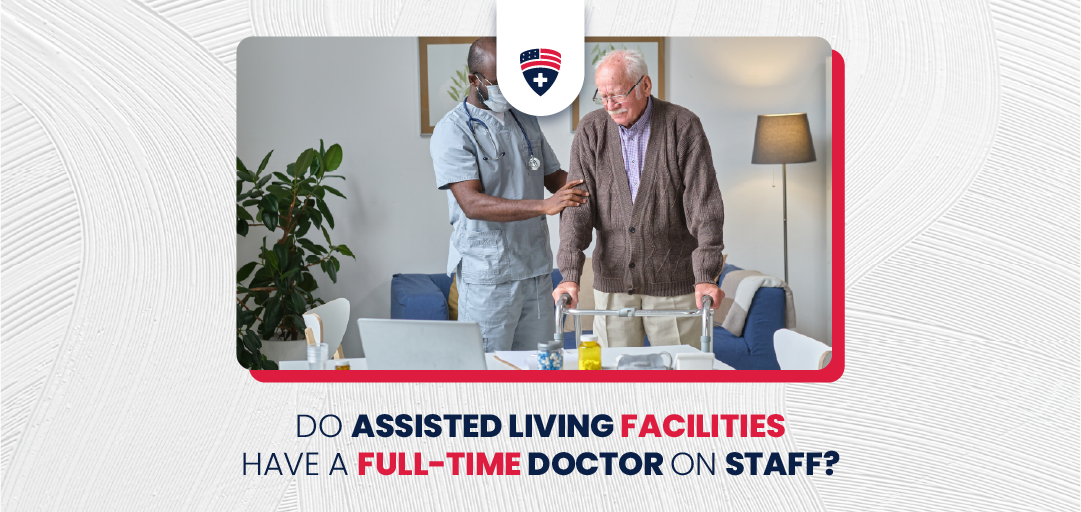
Near Miss Examples in the Workplace: Illustrative Scenarios
Keeping a workplace safe matters, a lot. Yet, even the most careful environments have near misses. These are situations that could have caused injury or damage but did not.
They are key moments to learn from. By analyzing and addressing near misses, organizations can prevent future accidents.
At American Healthcare Compliance, we provide knowledge about near-miss incident-reporting information in our culture of safety training course. Contact us for more information about AHC and enroll in the safety culture training.
Below, we will explore what are near misses, show some near-miss examples, and explain why near-miss reporting is important.
Additionally, we will discuss how to encourage your employees to report near misses.
Let’s begin with the near-miss definition. Keep reading.
What Is a Near Miss in the Workplace?
A near miss in the workplace is an unplanned event that could have caused harm or damage. However, it did not result in any actual harm or damage.
Essentially, it is a situation where a potential accident or harm was narrowly avoided. Identifying and reporting near misses is crucial for improving safety and preventing accidents.
Doing so helps prevent future accidents from occurring.
Categories of Near Misses
Near misses typically align with one of these categories:
- Falls incidents
- Slips and trips by accident
- Narrow escapes from accidents
- Working at heights
- Engaging in risky behaviors
- Lack of clear communication about hazards
- Problems with equipment operation and maintenance
Key Points About Near Miss Event
- Identification
It is important to notice and report near misses so that we can understand what may go wrong and stop it from happening. Workers should feel safe to report these events without getting into trouble.
- Analysis
After a near miss is reported, it needs to be looked into to find out what went wrong and why. This helps in figuring out how to prevent similar situations in the future.
- Documentation
Keeping a record of near misses is crucial. Write down what happened, why it happened, and what was done to fix it. This can help train others and improve safety.
- Prevention
The main goal is to make changes that prevent accidents. This could mean changing how things are done, providing more training, or fixing equipment.
- Safety Culture
Promoting a strong safety culture where near-miss reporting is encouraged can lead to a safer work environment.
Workers should be taught to recognize near misses and know why reporting them is important.
Examples of Near-Miss Event
- In Healthcare: A nurse almost gives a patient the wrong medicine but catches the mistake in time.
- In Construction: A worker almost gets hit by a falling object but manages to move out of the way just in time.
- In Aviation: Two planes almost collide but avoid it because the pilots act quickly.

Importance of Near-Miss Reporting
Reporting near misses helps make workplaces safer. By understanding and fixing the causes of these near misses, we can prevent serious accidents, save lives, and avoid injuries.
This proactive approach can also save money by reducing the costs related to accidents.
OSHA (Occupational Safety and Health Administration) provides a form to report any near-miss incidents.
Role of Employees in Near-Miss Reporting
Employees are vital in near-miss reporting. They are often the first to see these incidents. When they report these near misses, they are helping the company.
They are spotting dangers hazard identification and accident prevention. Also, employees need to know their safety duties. They must follow rules to keep the workplace safe. If a workplace hazard is life-threatening, you should report it immediately.
Near Miss Examples
Here are examples of near-miss situations that could be encountered in various workplaces:
- An employee slips on a wet floor but manages to regain balance without falling.
- A tool falls from a height, narrowly missing a worker standing below.
- A worker accidentally touches an exposed electrical wire but does not get shocked because they are wearing insulated gloves.
- A fire exit is partially blocked by equipment, but an employee notices it before an emergency occurs.
- Two forklifts come within inches of colliding in a warehouse but manage to stop in time.
- A container of hazardous chemical tips over, but no one is in the vicinity to be affected.
- A worker loses footing on a ladder but grabs the railing and avoids a fall.
- A load being lifted by a crane shifts unexpectedly, but no one is in the area to be struck.
- An employee uses a tool incorrectly, causing it to slip, but does not cause injury.
- A machine guard is found to be missing, but it is discovered before anyone is injured.
- An area with inadequate lighting causes a worker to trip, but they catch themselves before falling.
- An employee walks into a confined space without proper permits. but, they leave unharmed after noticing the error.
- A worker is almost struck by debris falling from overhead work but steps away just in time.
- A small fire starts from an overheated piece of equipment but is extinguished before spreading.
- An employee feels a sharp pain while lifting a heavy object but manages to put it down without further injury.
- A power tool malfunctions and sparks fly, but no one is hurt because the worker is wearing safety goggles.
- A coworker starts using a machine they’ve never been taught to. Luckily, their boss steps in before anything bad happens.
- A worker, misled by wrong signs, ventures into a no-go zone. But, they quickly spot the mistake and leave at once.
- An extension cord runs across a walkway and an employee trips but does not fall.
- An employee attempts to lift a load that is too heavy but realizes it in time and uses a lifting aid instead.
These examples show how awareness, quick reactions, or luck can prevent accidents. Identifying and addressing near-misses is key to improving workplace safety.
What are the Consequences of Not Reporting Near Misses?
Failing to report near misses can have several consequences, including:
- Missed Learning Opportunities: When near misses are not reported, it is like throwing away lessons about how to make things safer.
- Increased Risk: If we overlook near misses, we’re just asking for real accidents to happen.
- Reputation Damage: It can make people trust us less, both inside and outside of the company.
- Legal and Financial Ramifications: If we do not report what we should, we may end up paying fines or dealing with lawsuits.
- Cultural Impact: If no one talks about near misses, then the way we talk and act around safety just is not gonna get better.
How to Encourage Employees to Report Near Misses?
As an employer, you are legally responsible for ensuring workplace safety for all. To encourage employees to report near misses, make it clear that their reports help prevent accidents and are valued. Let them know these reports stop future accidents.
Create a simple reporting system. No punishments for reporting and keeping it private. Praise the Worker for safety near-miss reporting. Show them how it keeps everyone safe.
Run regular safety briefings. Always show you are committed to safety and openness. Create a place where workers see their safety input is important and makes a difference.
Conclusion
Understanding near misses in the workplace is essential for creating a safe and efficient environment.
Near-miss examples show awareness and quick reactions can prevent accidents. Identifying and addressing these incidents helps improve workplace safety.
Encourage employees to report near misses without fear. This practice significantly enhances overall safety.
By reporting a near miss, you may prevent a future accident. So, do not ignore a near miss, inform your manager or supervisor immediately.
Enroll in AHC’s safety culture training course to learn more about near-miss accident reporting and promote a safer workplace environment.
FAQs
Q: Who should be part of a worksite incident investigation team?
A worksite incident investigation team should consist of management, workers, and safety experts. They can understand what happened and figure out how to prevent it from happening again.
Q: Is it a legal mandate to report near-misses?
Yes, some sectors may require you to make a near-miss accident report for work safety.
Q: Why use near-miss reporting software?
This type of software simplifies the process of reporting, aids in examining data, and spots patterns in safety.
Q: What is the difference between incident and accident?
An incident is an unexpected event that may cause harm. An accident is an event that results in injury or damage.






